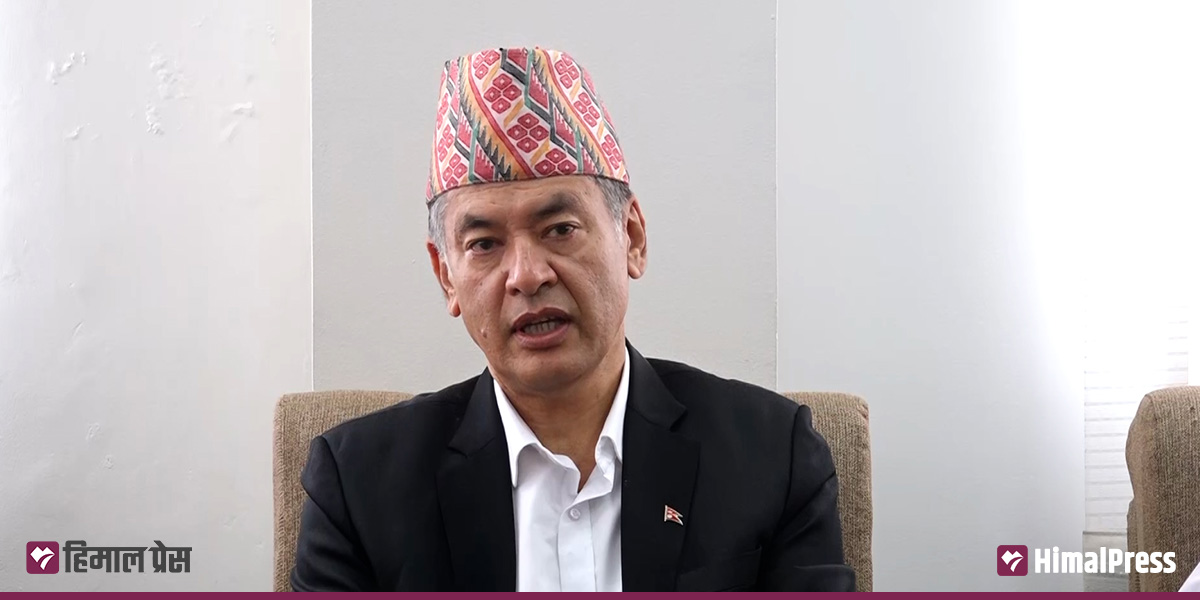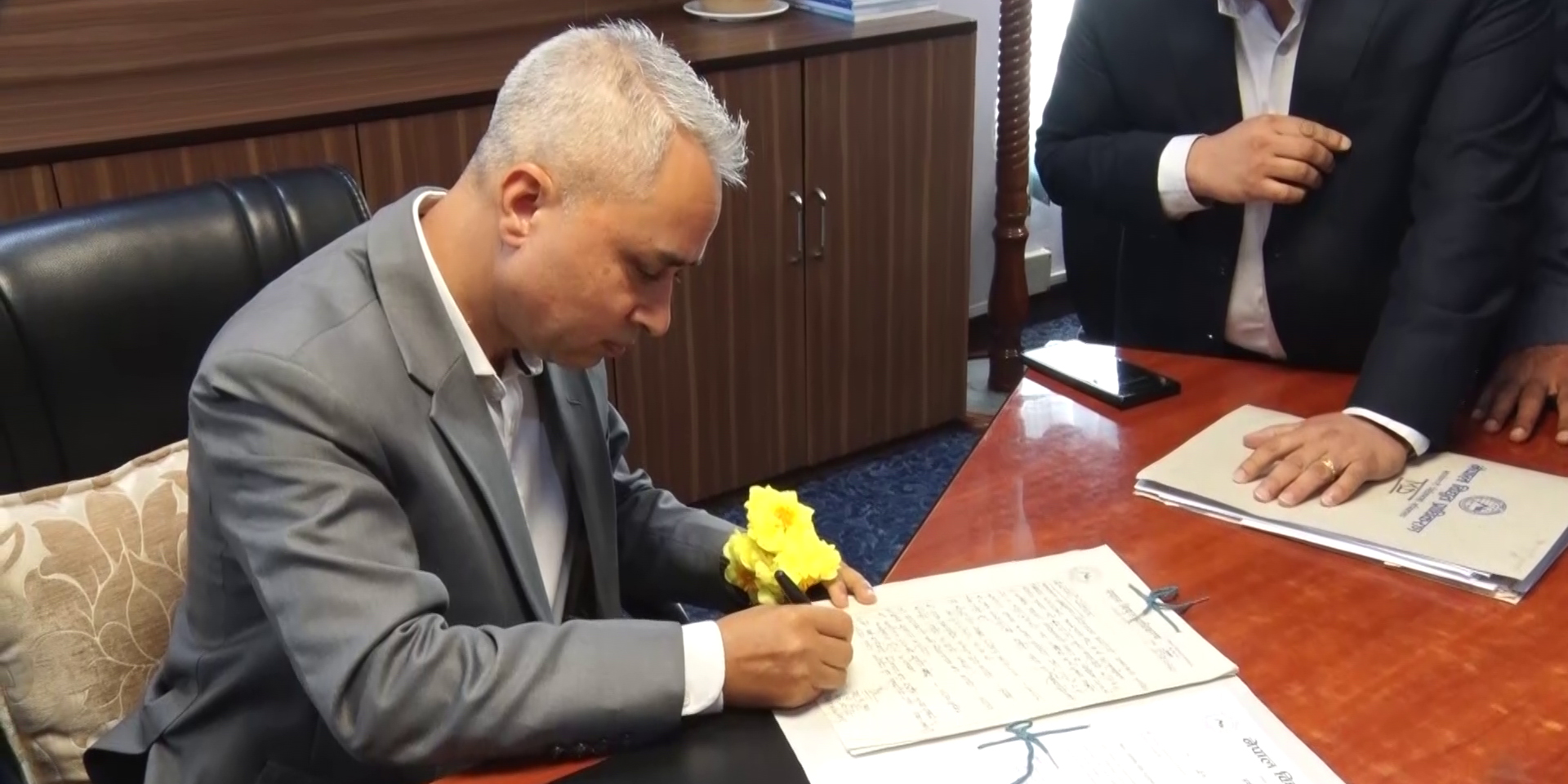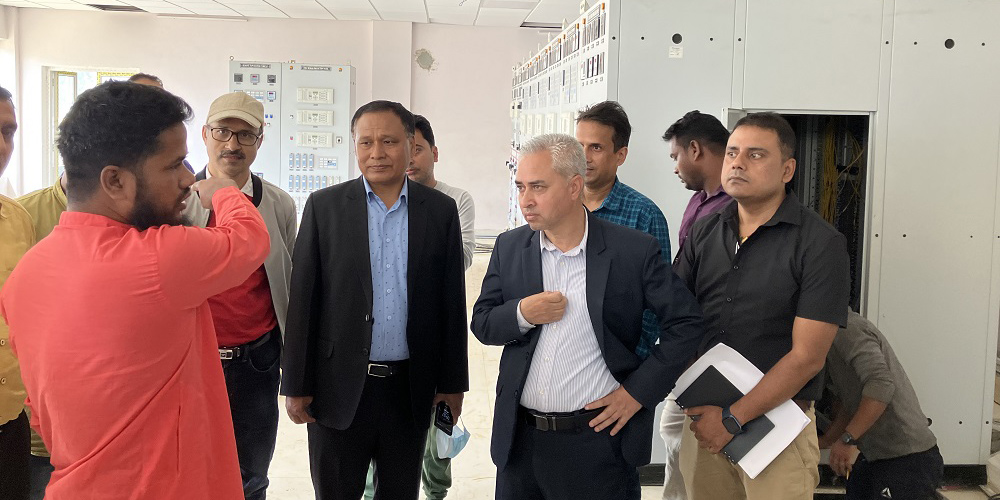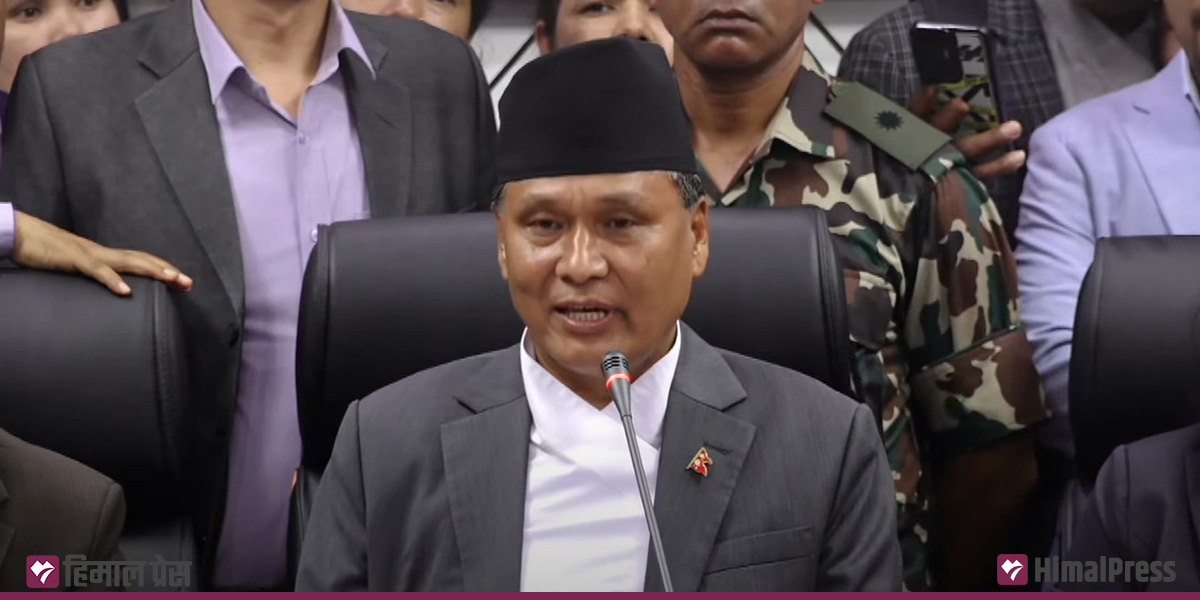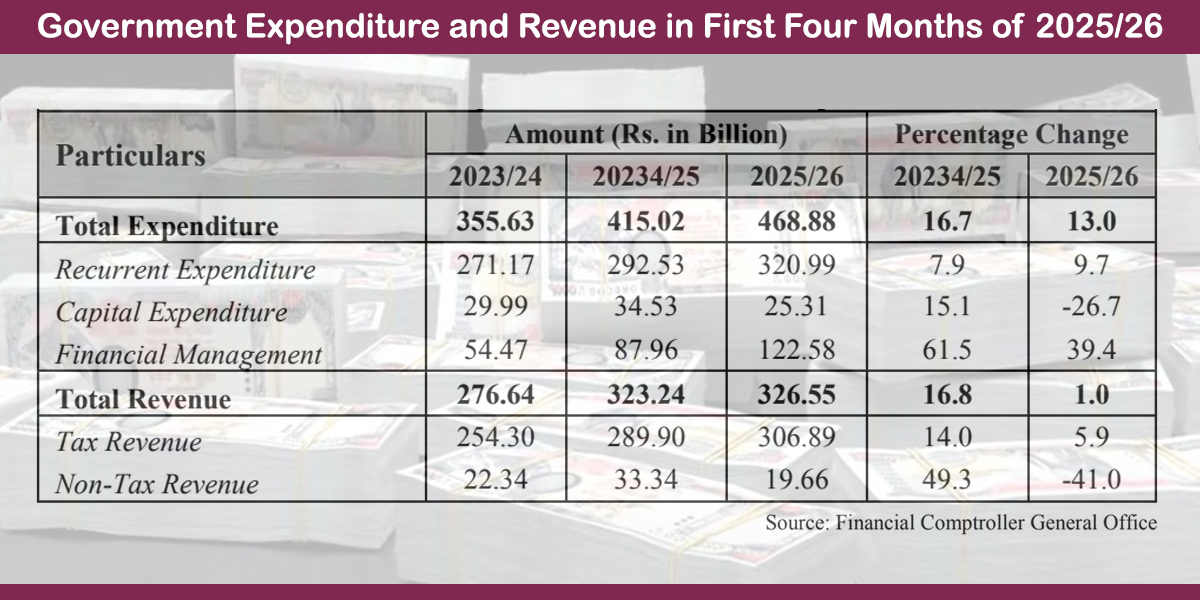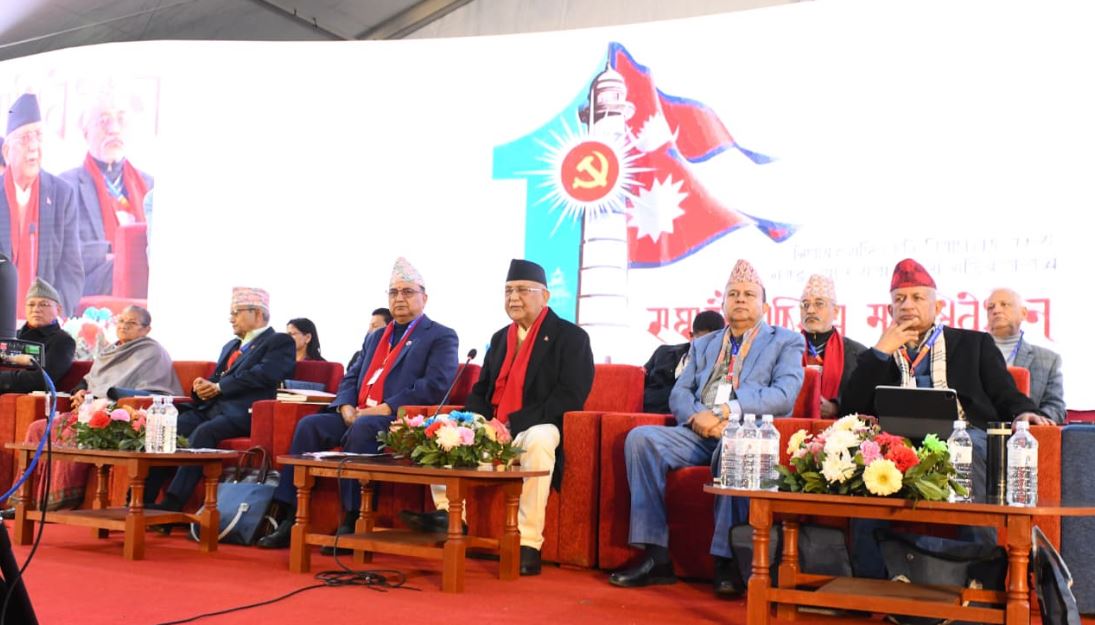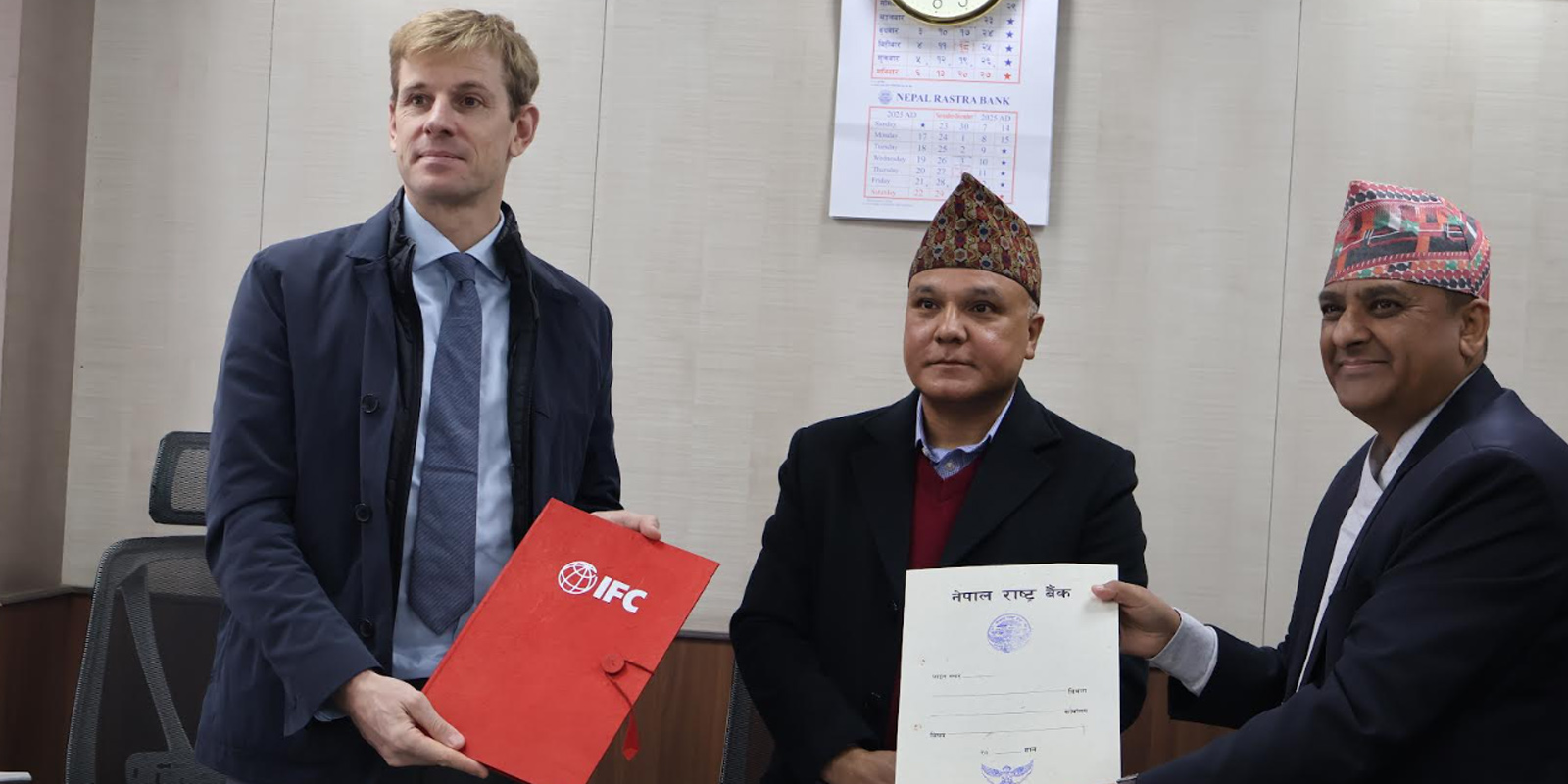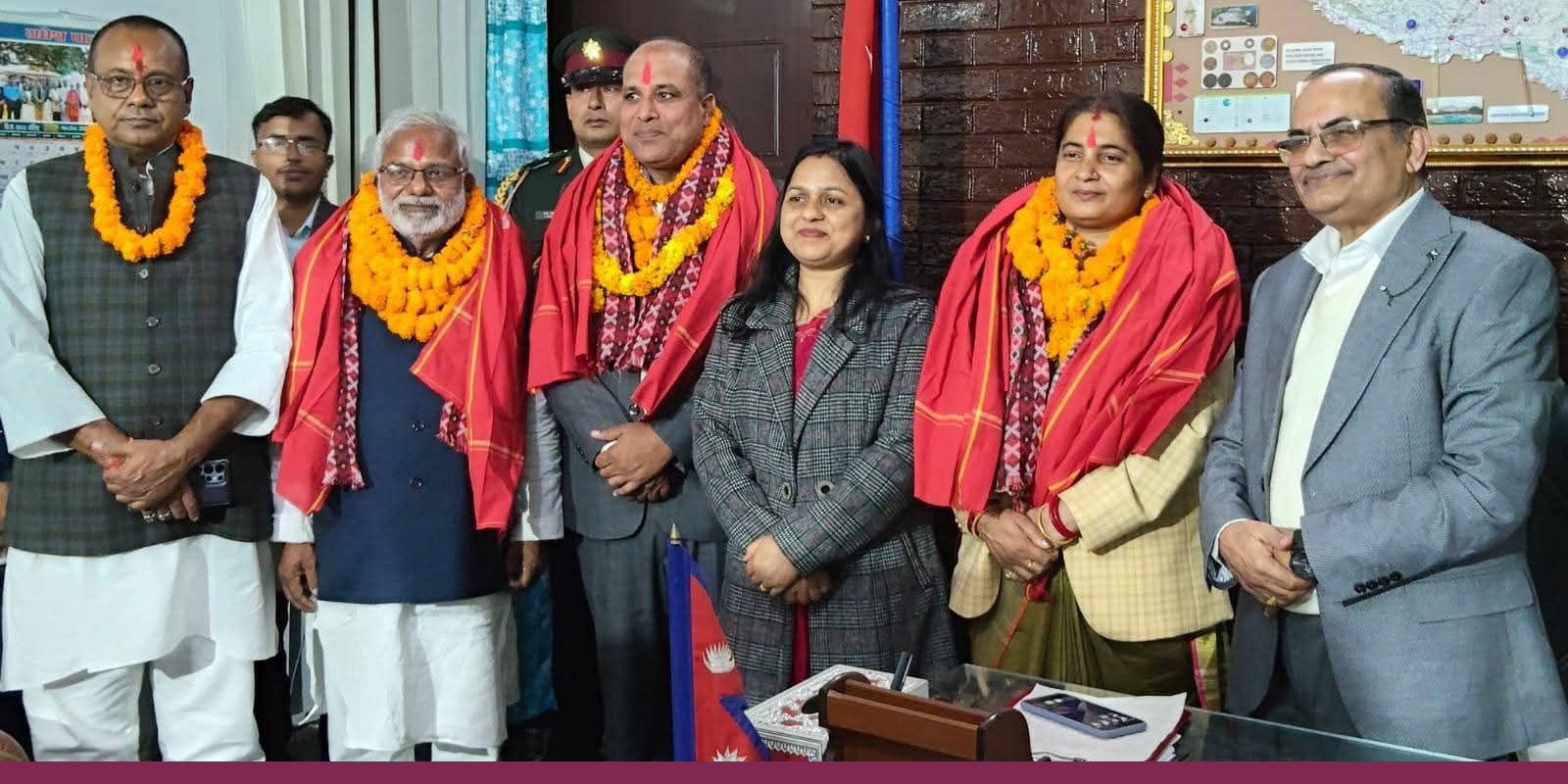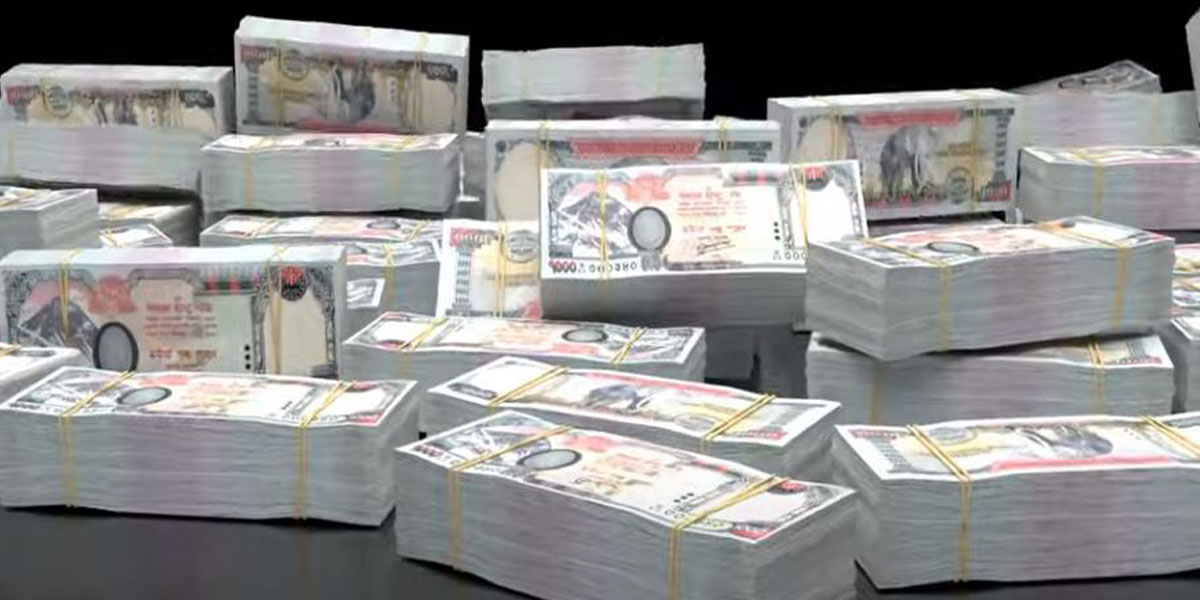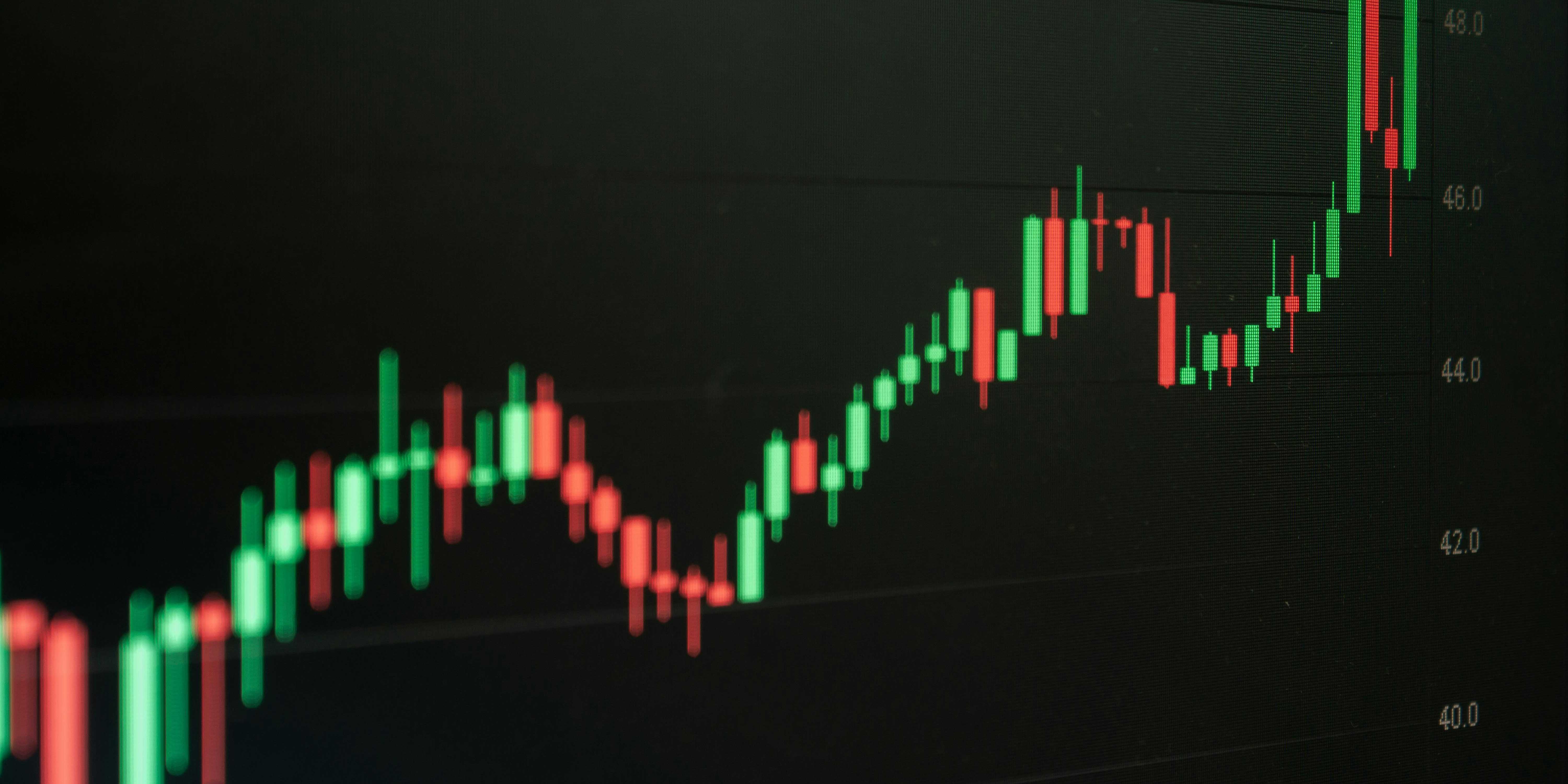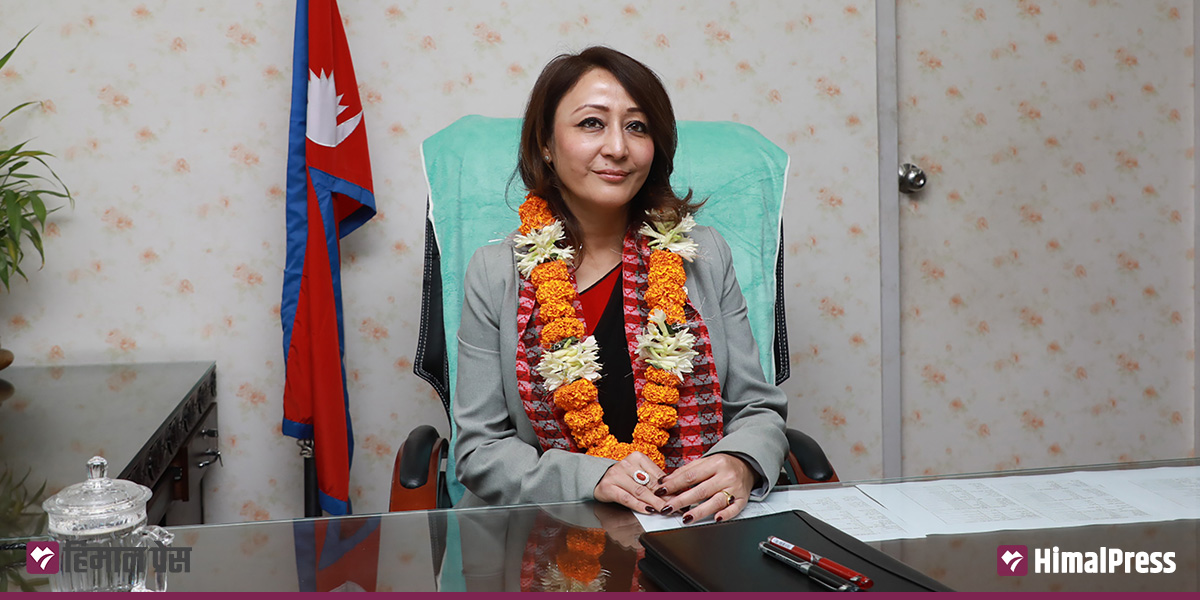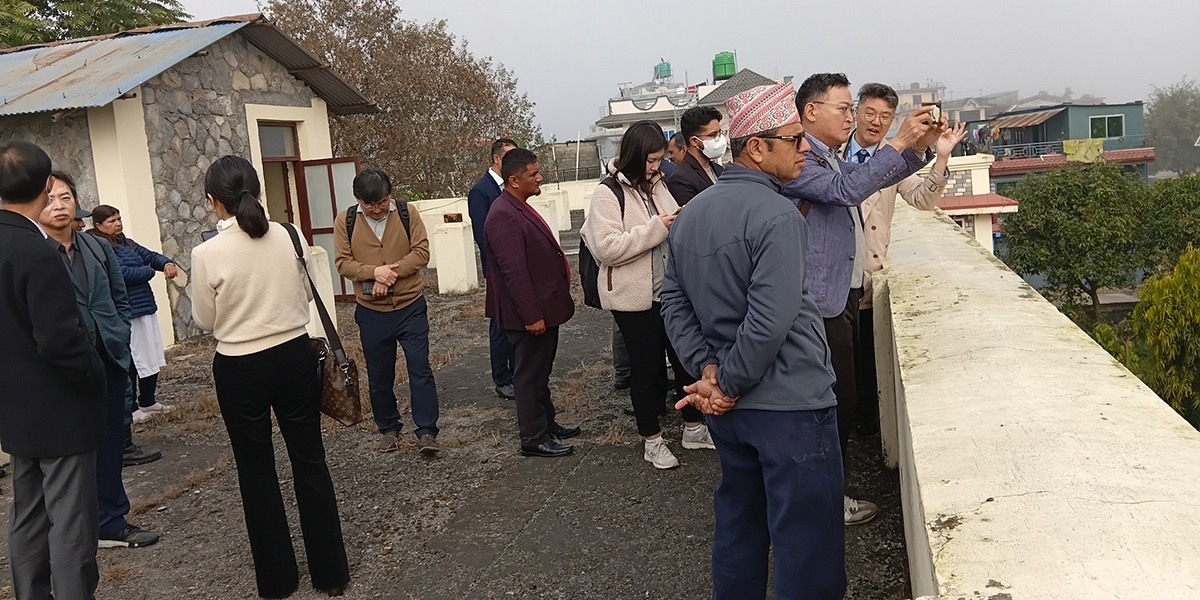
KATHMANDU: Electricity consumption has increased significantly since the end of power outages eight years ago.
According to the Nepal Electricity Authority (NEA), energy consumption has tripled to 10.02 billion since 2015/16 when annual consumption was only 3.72 billion units. Over the eight years, domestic electricity consumption has increased by 6.51 billion units.
In the 2023/24, peak demand increased by 11.34 percentage points compared to the previous year. The highest electricity demand was recorded on May 30, 2024, at 2,212 MW.
The household sector consumed the highest 4.31 billion units in 2023/24, followed by the industrial sector with 3.69 billion units.
According to the NEA, per capita energy consumption increased from 131 units eight years ago to 400 units in the last fiscal year.
Eight years ago, the nation saw daily power outages of up to eight hours even during the rainy season, with projections of up to 14 hours during winter. Since November 2016, power outages for residential customers in Kathmandu Valley and other major cities have gradually been eliminated. The government declared the entire country free from power outages in April 2018.
Eight years ago, only 58% of households had access to electricity. Now, 99% have access, with 97% connected to the national grid and 2% using off-grid sources like micro-hydro and solar power. The number of electricity customers has increased from about 3 million eight years ago to 5.93 million now, according to NEA.
NEA Executive Director Kulman Ghising stated that electricity consumption has increased due to continuous power supply after the end of load shedding. He added that increased industrial consumption, approval of more industrial loads, increased use of electrical appliances for cooking and other household purposes, growing use of electric vehicles in private and public transportation, and extensive electrification as factors contributing to the rise in domestic electricity consumption.

 Himal Press
Himal Press 
